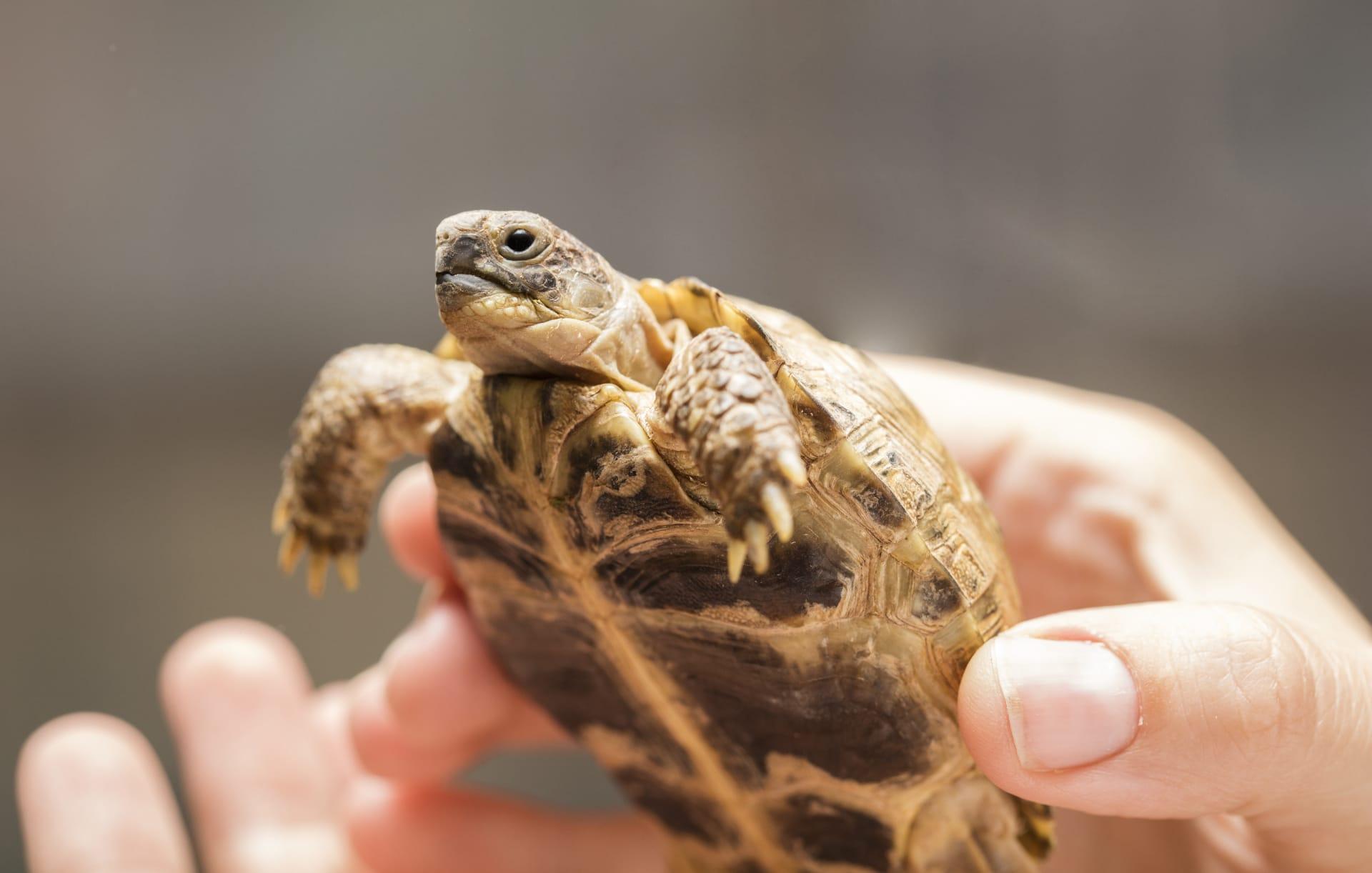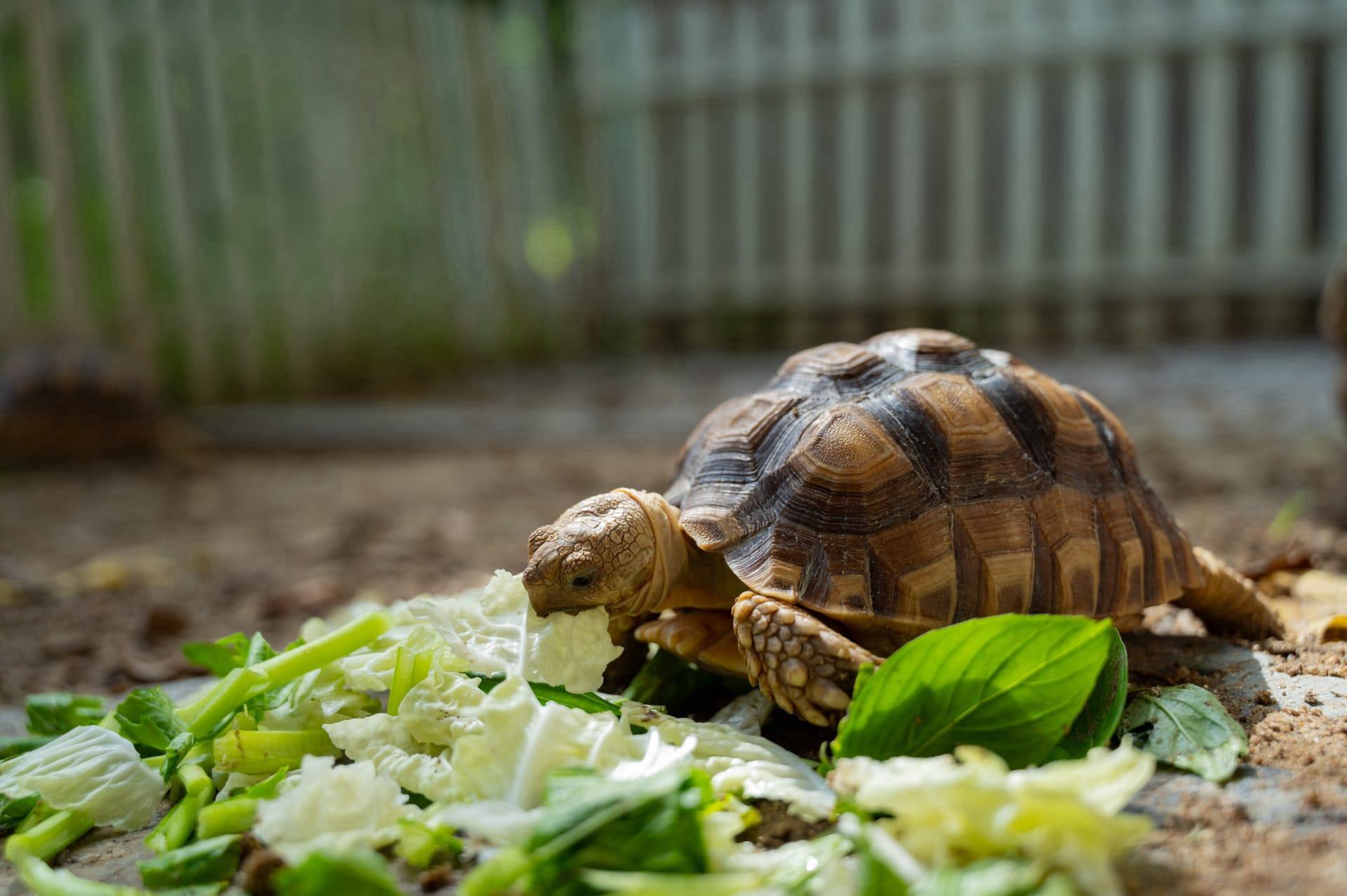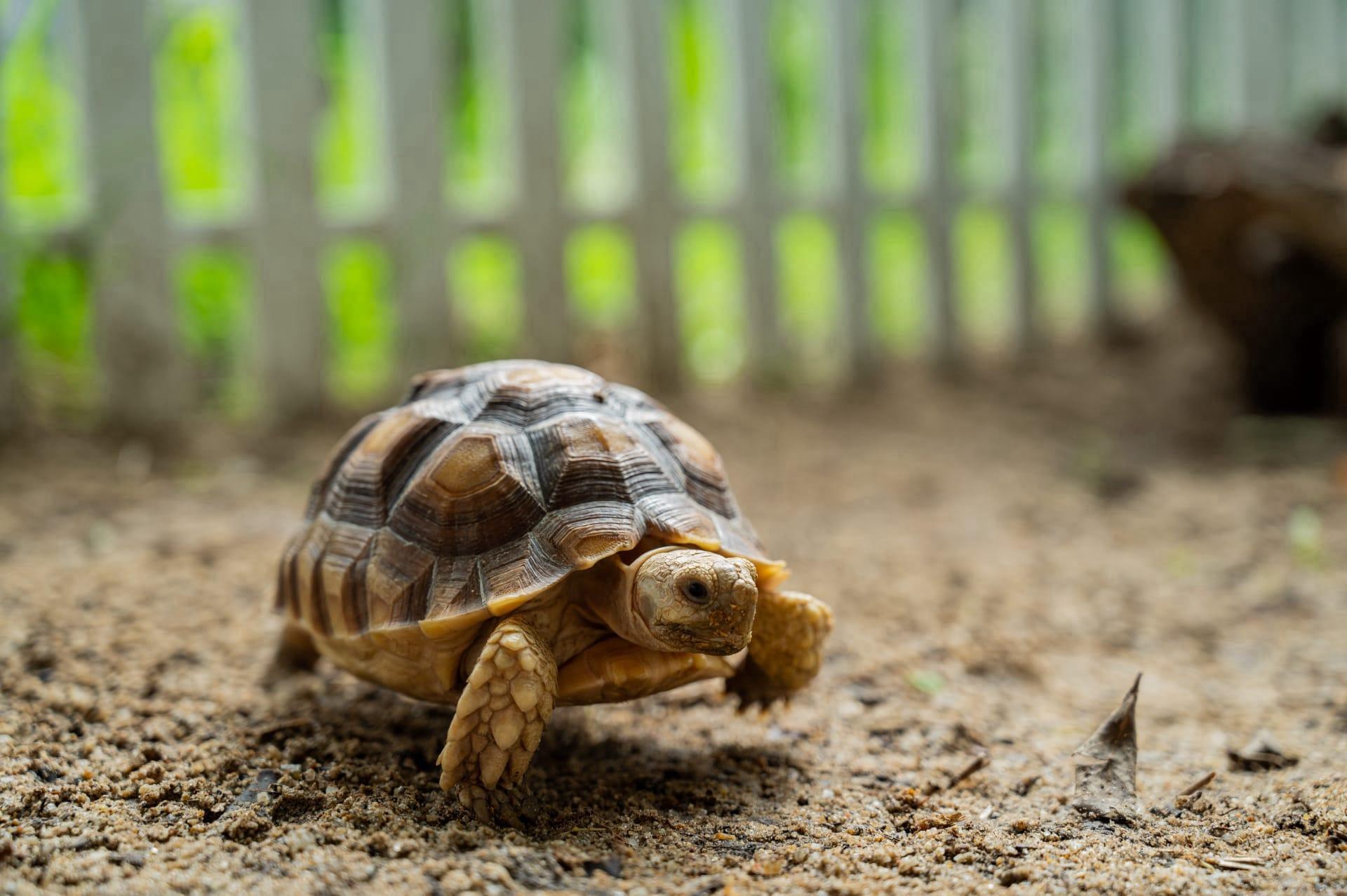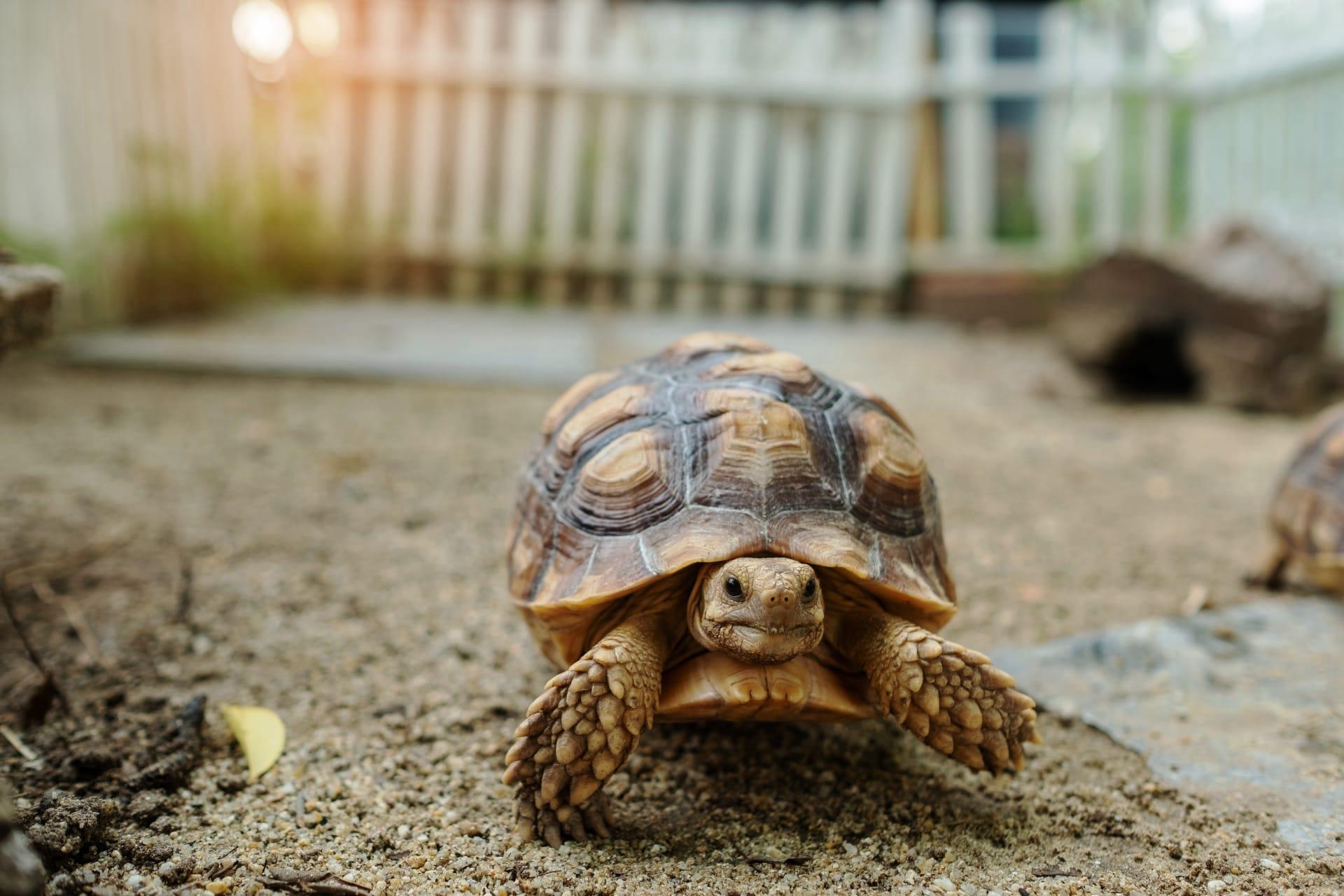1
European Land Tortoises, often spotted in the wilds of Southern Europe, are renowned for their impressive lifespan. These creatures can live for more than a century, with some individuals reaching 150 years or more. Their longevity is attributed to a slow metabolism and a low-stress, low-energy lifestyle. This extended lifespan allows them to witness significant changes in their environment over decades.
Another fascinating aspect of these tortoises is their hibernation behavior. Unlike many animals that hibernate for a few months, European Land Tortoises can hibernate for up to nine months in a year, depending on the climate. They dig burrows or find shelter in natural cavities to avoid the cold. This period of dormancy helps them conserve energy and survive in regions with seasonal temperature variations.

2
The European Land Tortoise is an excellent navigator. Studies have shown that these tortoises can find their way back to a specific location from up to 10 kilometers away. They use a combination of visual landmarks and possibly the Earth's magnetic field to orient themselves. This remarkable sense of direction is crucial for their survival, especially in finding food and mates over vast and varied terrains.
Additionally, these tortoises possess a unique method of thermoregulation. They are ectothermic animals, relying on the environment to regulate their body temperature. To warm up, they bask in the sun, and to cool down, they seek shade or burrow into the ground. This behavior is vital for their digestion and overall health, as their body temperature directly influences their metabolic rate.

3
The diet of the European Land Tortoise is another point of interest. These tortoises are primarily herbivorous, feeding on a wide variety of plants, flowers, and fruits. They have a preference for calcium-rich foods, which is essential for their shell development. Their diet can even influence the color of their shell, with certain foods leading to brighter, more vivid shell colors.
These tortoises also have a unique mating ritual. During the mating season, males become more aggressive and engage in head-bobbing, circling, and even ramming into each other to establish dominance and win over females. The sounds they make during these rituals are quite distinctive, often described as heavy breathing or grunting noises.

4
European Land Tortoises have a remarkable adaptation in their shell structure. Their shells are not just protective armor but also serve as a reservoir for water and nutrients, which can be crucial during droughts or food scarcity. This ability to store vital resources highlights their adaptability to different environmental conditions.
Another interesting fact about these tortoises is their growth rate, which is significantly influenced by their habitat. In the wild, their growth is slower due to limited food resources and the energy expended in finding food and avoiding predators. In captivity, where they often have abundant food and no predators, they tend to grow faster and larger, highlighting the impact of environment on their physical development.

5
European Land Tortoises have a unique way of communicating with each other. They use a combination of touch, sight, and sound. For instance, they may nudge each other gently as a form of interaction or communication. This tactile communication is essential in their social interactions, especially during mating season.
The population of these tortoises in the wild is declining due to habitat loss and illegal pet trade. Conservation efforts are in place to protect these species. Establishing protected areas and regulating pet trade are crucial steps in ensuring their survival. Their decline is a reminder of the impact human activities can have on wildlife and the importance of biodiversity conservation.